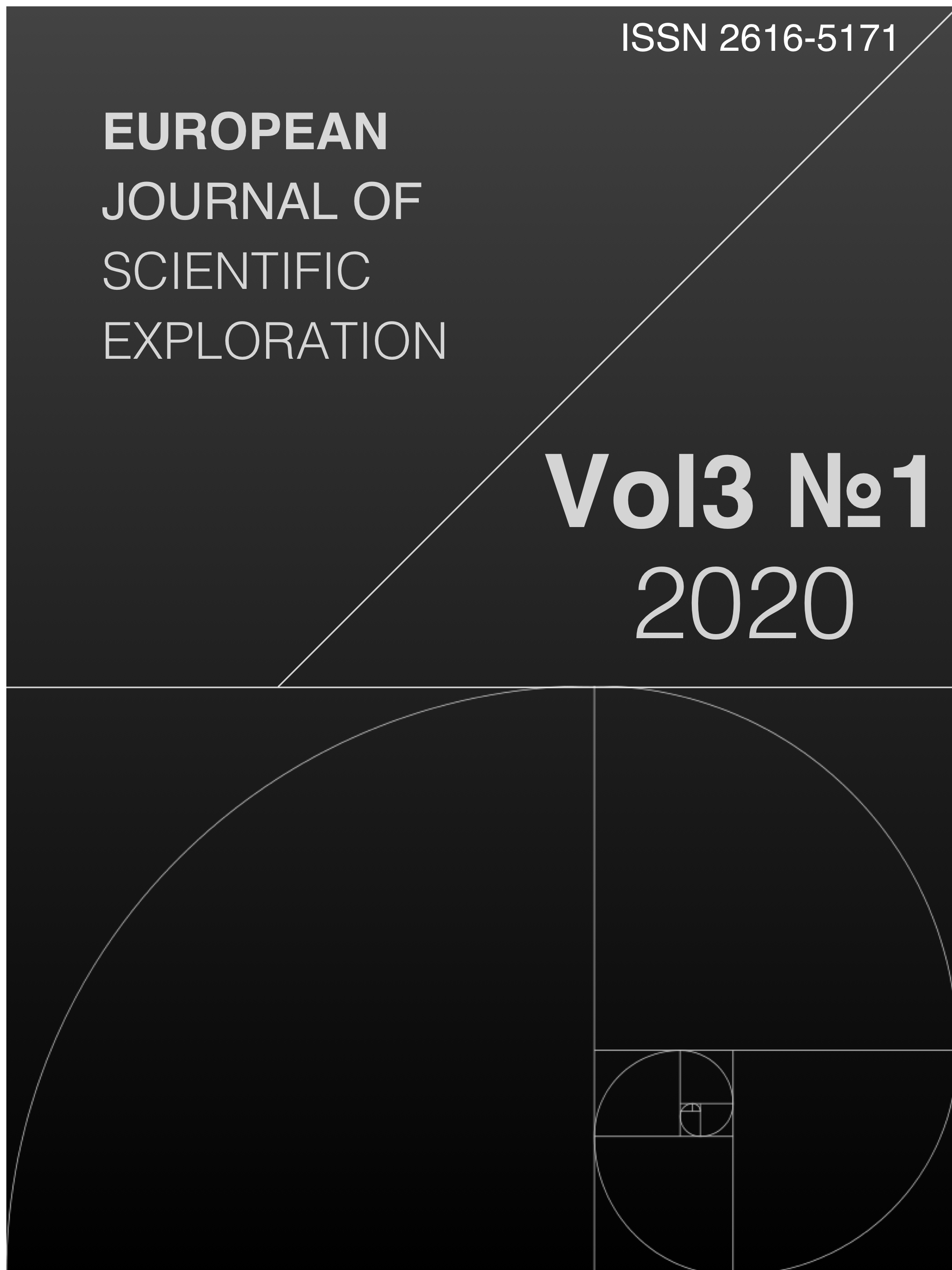Drawing Energy Level Diagram of Blood Sample Using Nanosecond Laser Flash Photolysis
Keywords:
Nanosecond, laser flash photolysis, optical detection, Nitrogen Laser, Home-BuiltAbstract
Nanosecond transient absorption experiments were performed using a laser flash photolysis (LFP) home built from Alneelain University Laser department (Sudan –Khartoum) with a Q-switched Nitrogen laser with a 337 nm output wavelength, 10 ns pulse width, 1 Hz repetition rate, and 40 mJ pulse energy. The optical detection is based on a pulsed Xenon arc lamp (75 W), spectra were recorded by Ocean Optics spectrometer and used origin 9 software to analysis data. Blood sample Laser flash photolysis experiments were performed with a 1 cm quartz flow cell mounted on a home-built sample holder that is placed at the cross-section of the laser incident beam and the probe flash lamp. The experiment was get the absorbance spectrum and drawing the energy level diagram of blood sample in three excited states, first excited state Start absorption band at 591 nm and end absorption band at 558 nm, second excited state Start absorption band at 562 nm and end absorption band at 517 nm and the last excited state Start absorption band at 463 nm and end absorption band at 390 nm.


